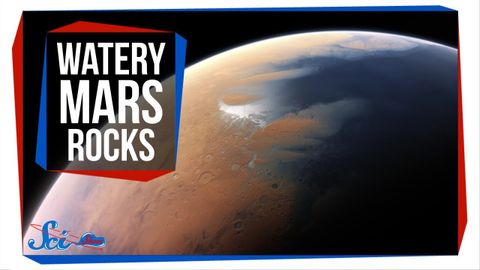我們用人工智能發現了兩顆行星! (We Found Two Planets Using Artificial Intelligence!)
 沒有此條件下的單字
沒有此條件下的單字- v.t./i.出現;估計;我認為〜;認為
- n.身影;(計算過的)數量;肖像;圖;形狀;人物;名人;人影;數字
- v.t./i.伸展(肢體等);拉長
- n.伸展;一段路程、區域;物品連續排列;一段時間;階段
US /ˌɑrtəˈfɪʃəl/
・
UK /ˌɑ:tɪ'fɪʃl/
US /ɪnˈtɛlədʒəns/
・
UK /ɪn'telɪdʒəns/
- n. (u.)情報;智力;才智;智慧
- adj.情報工作的
- n. (c.)情報部門

